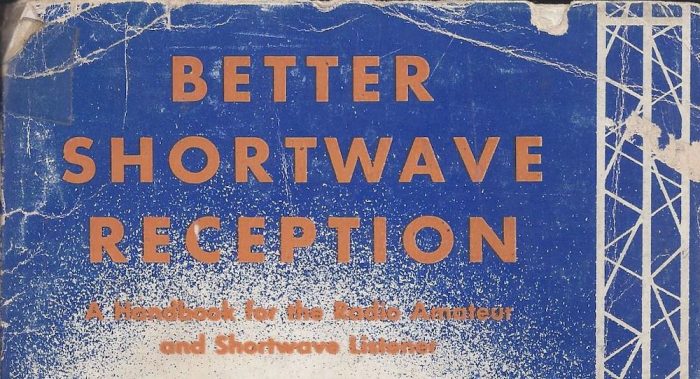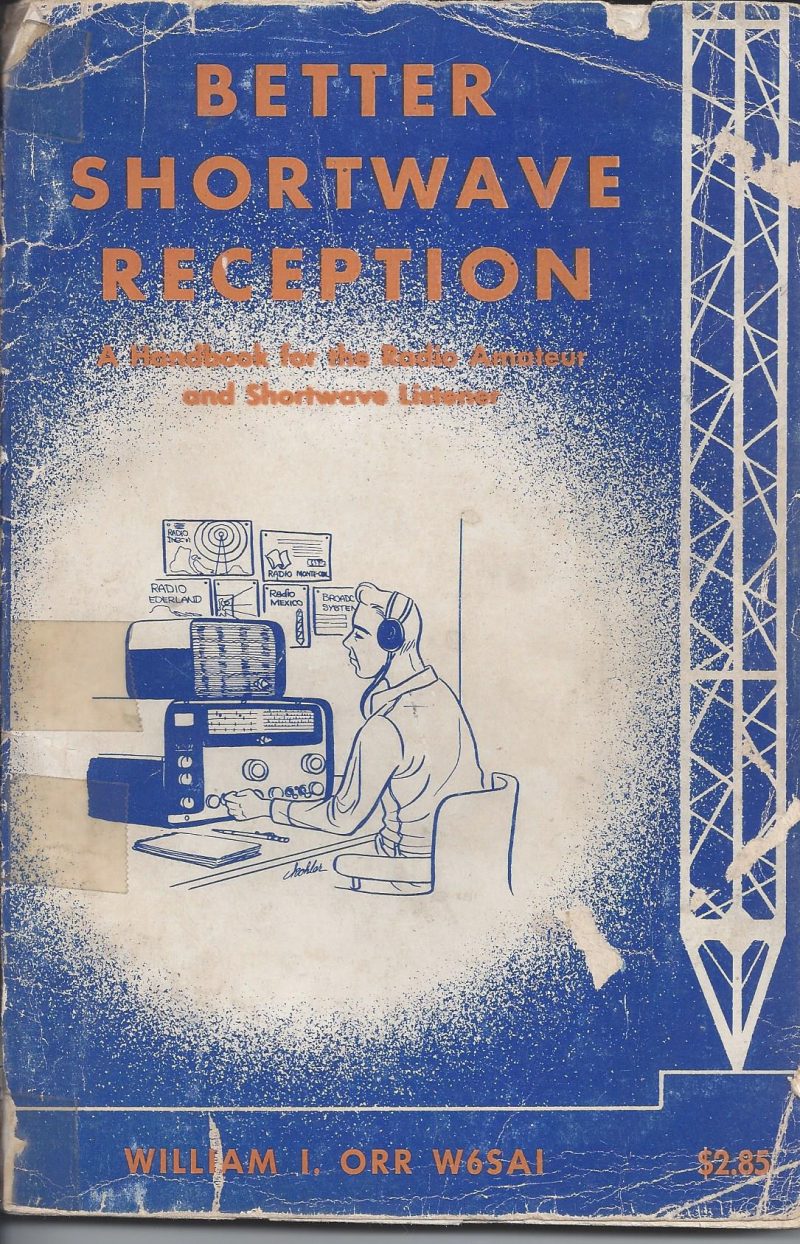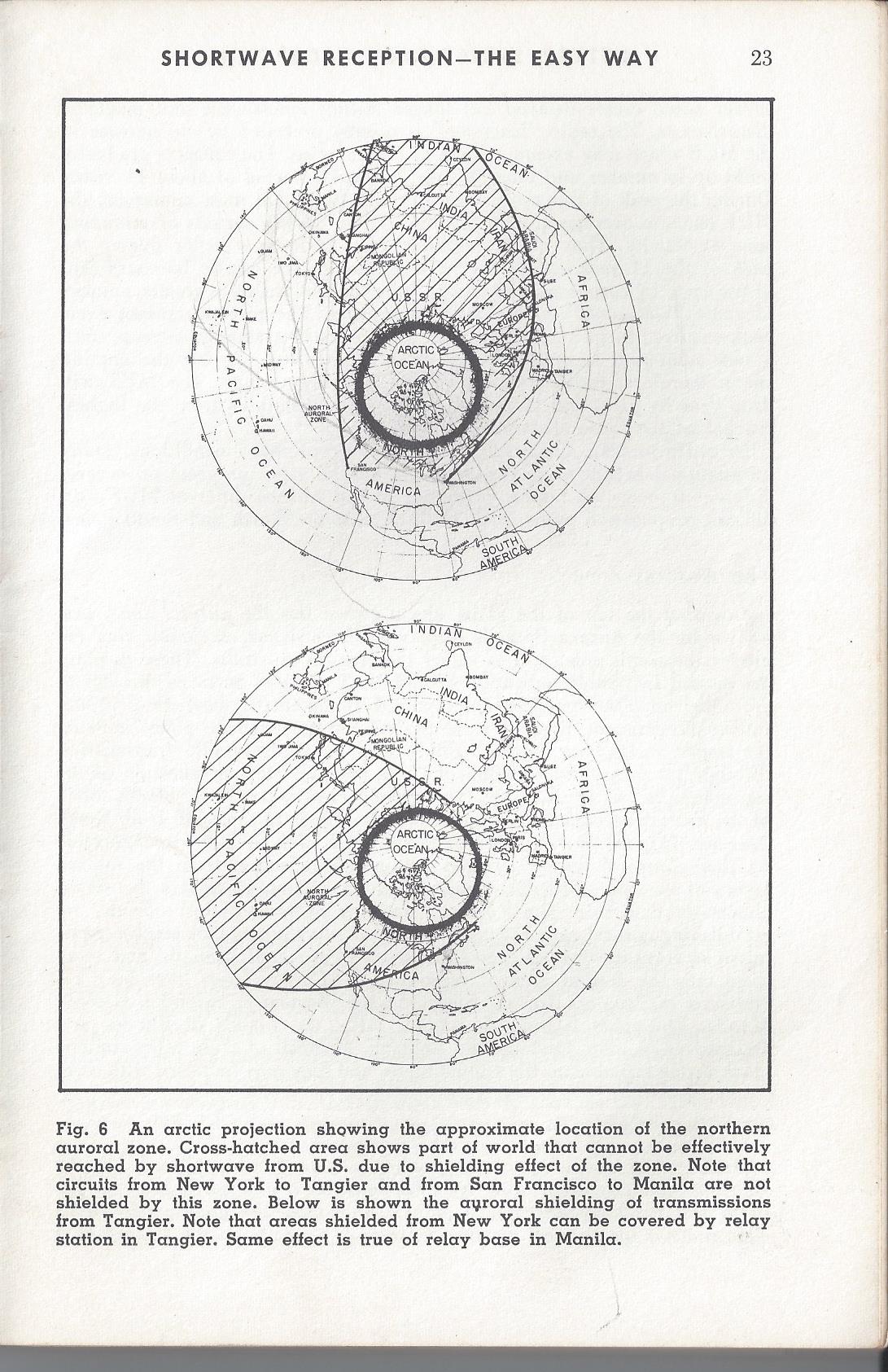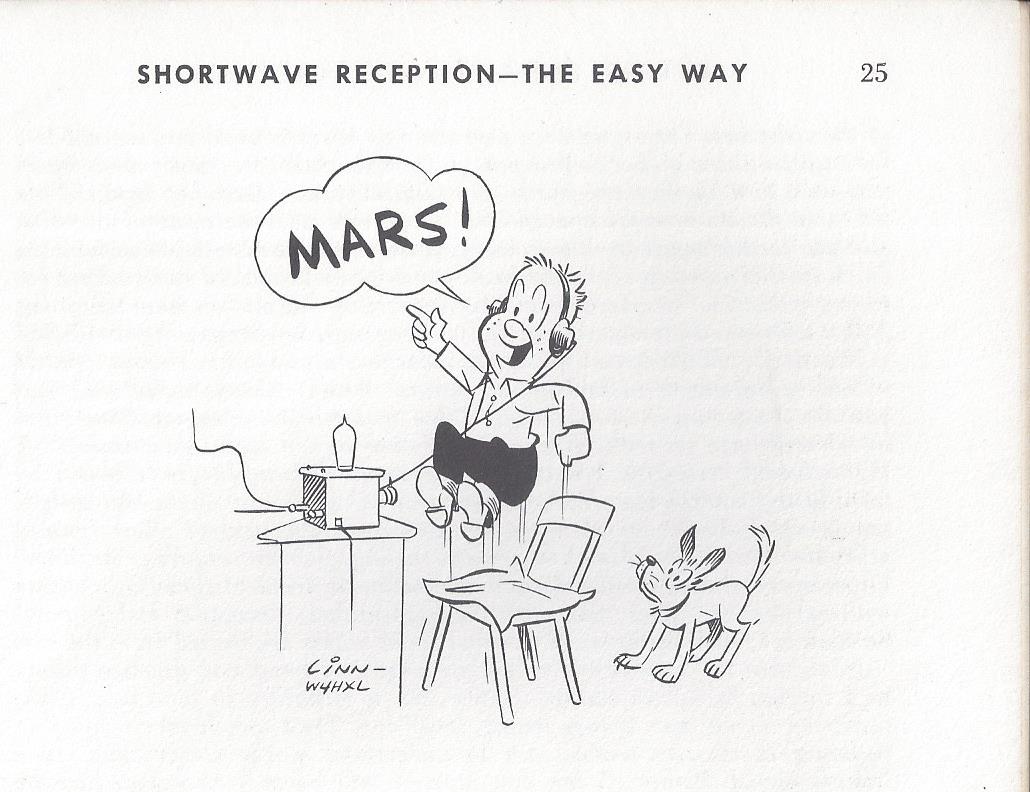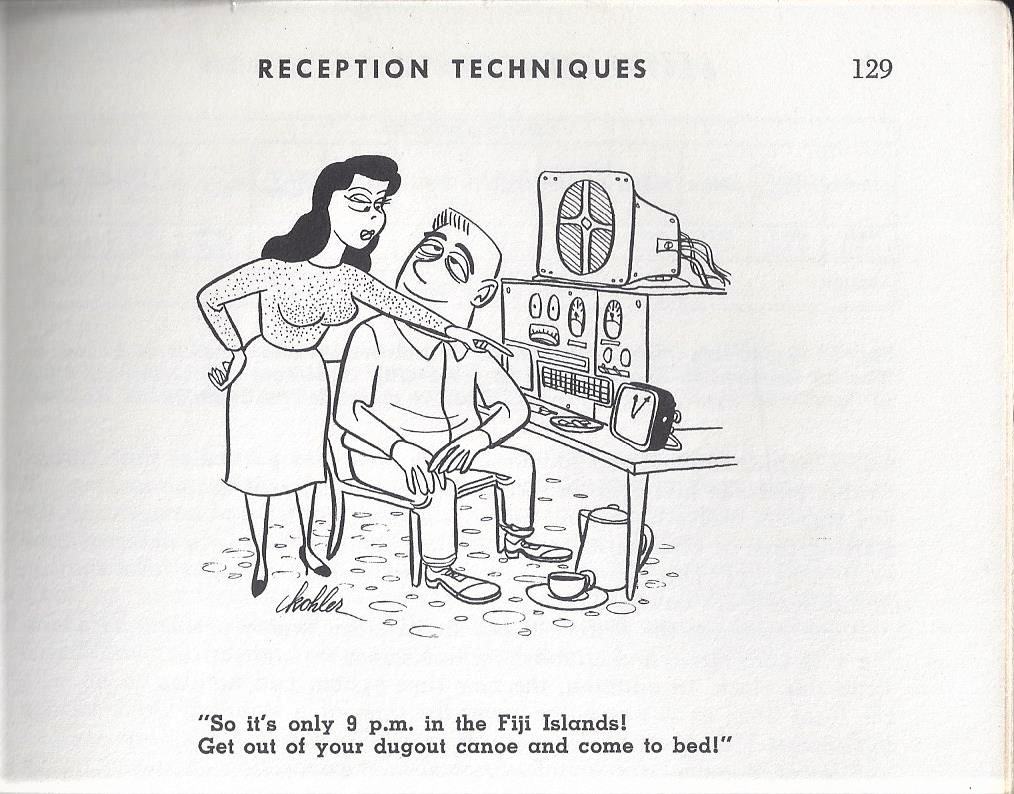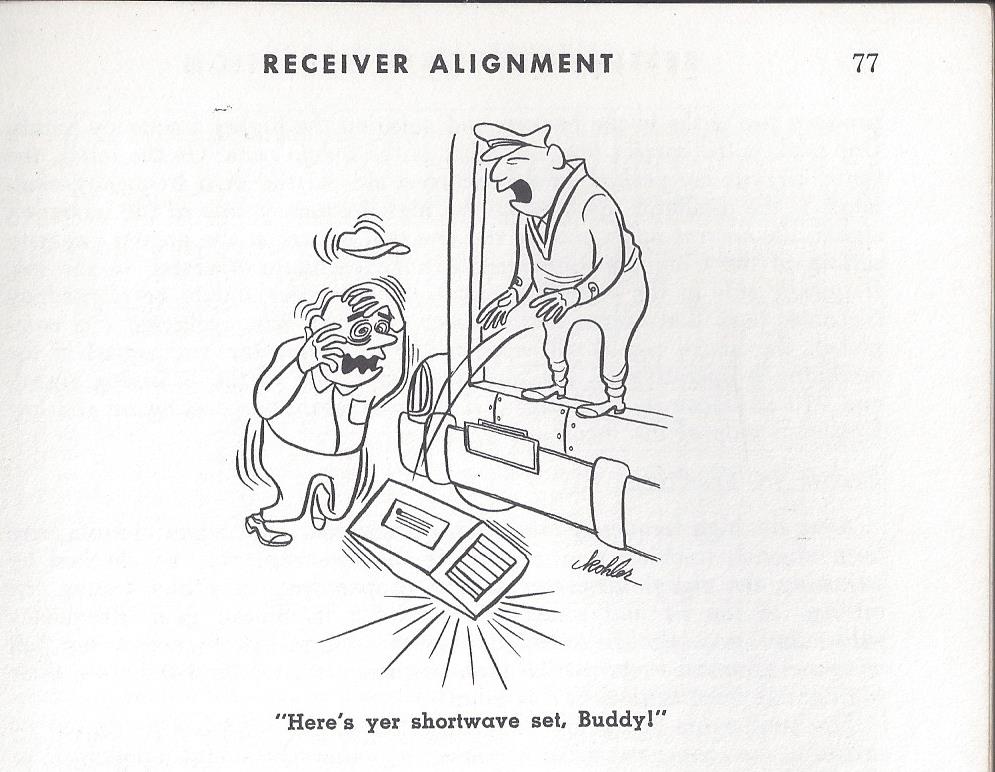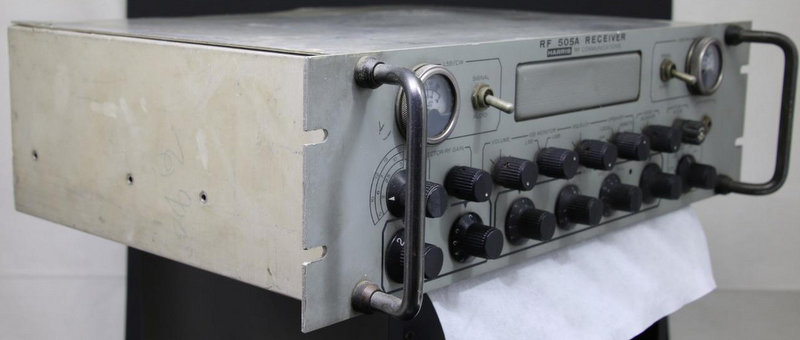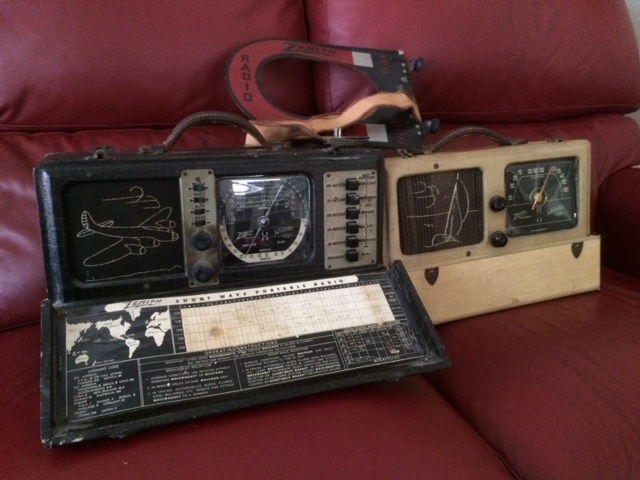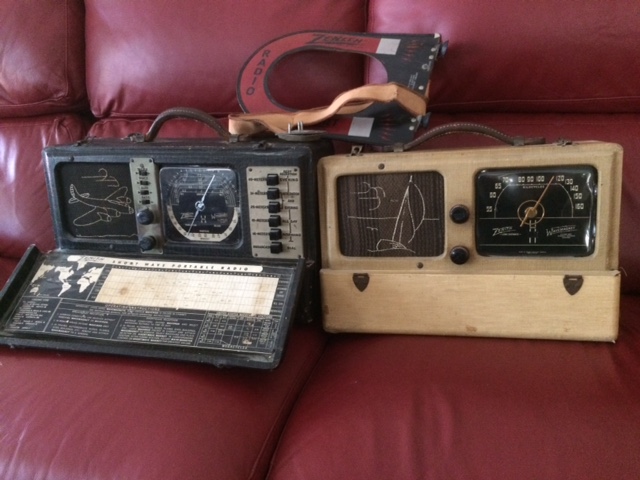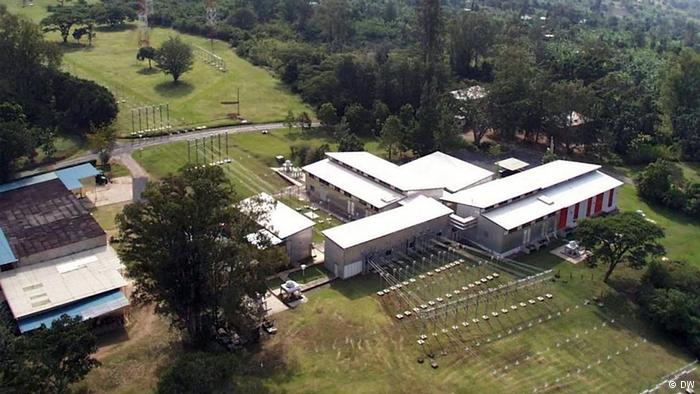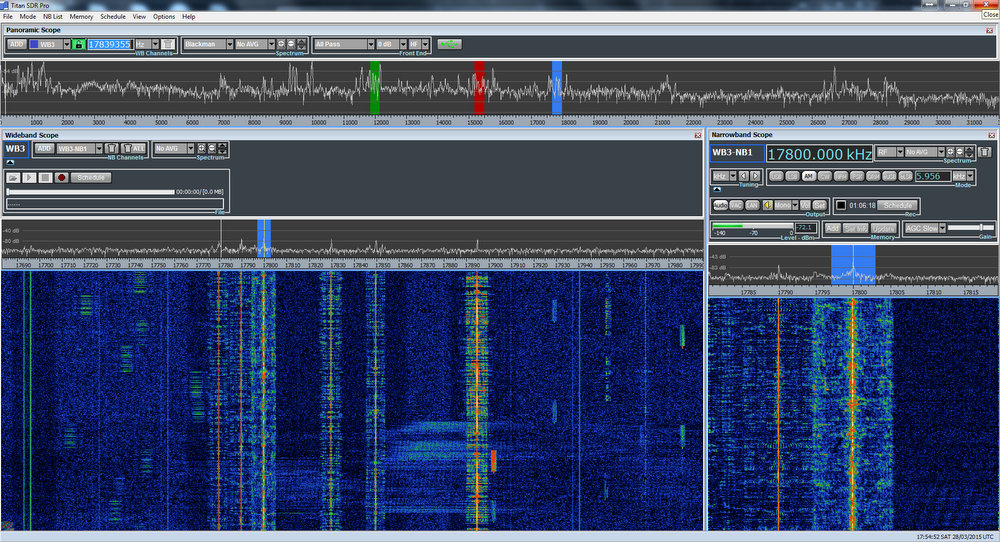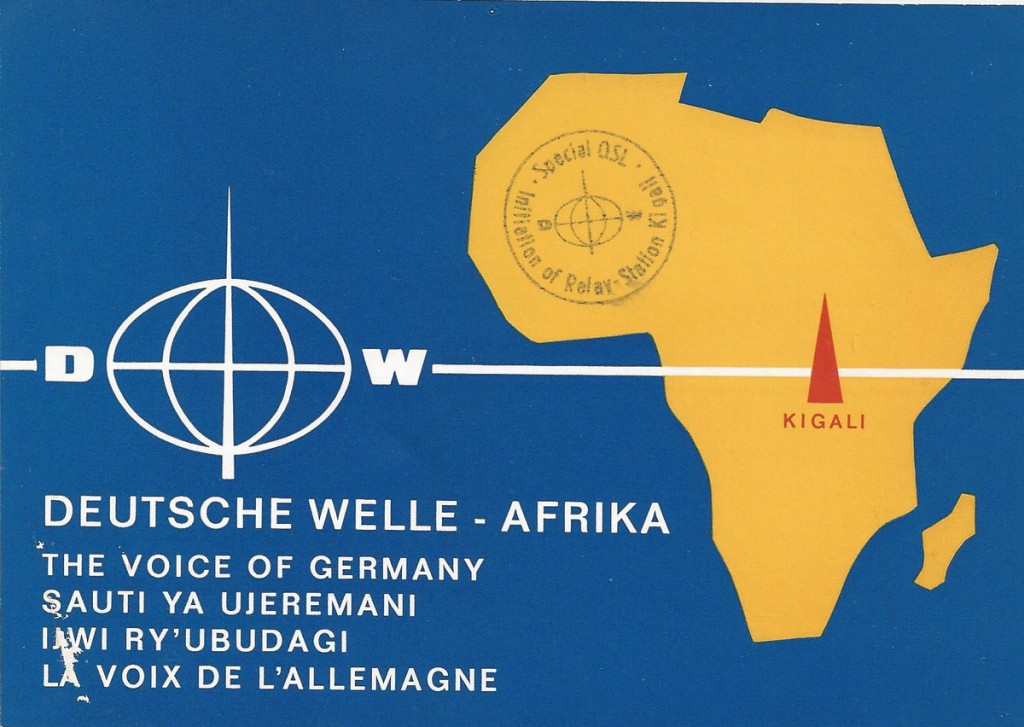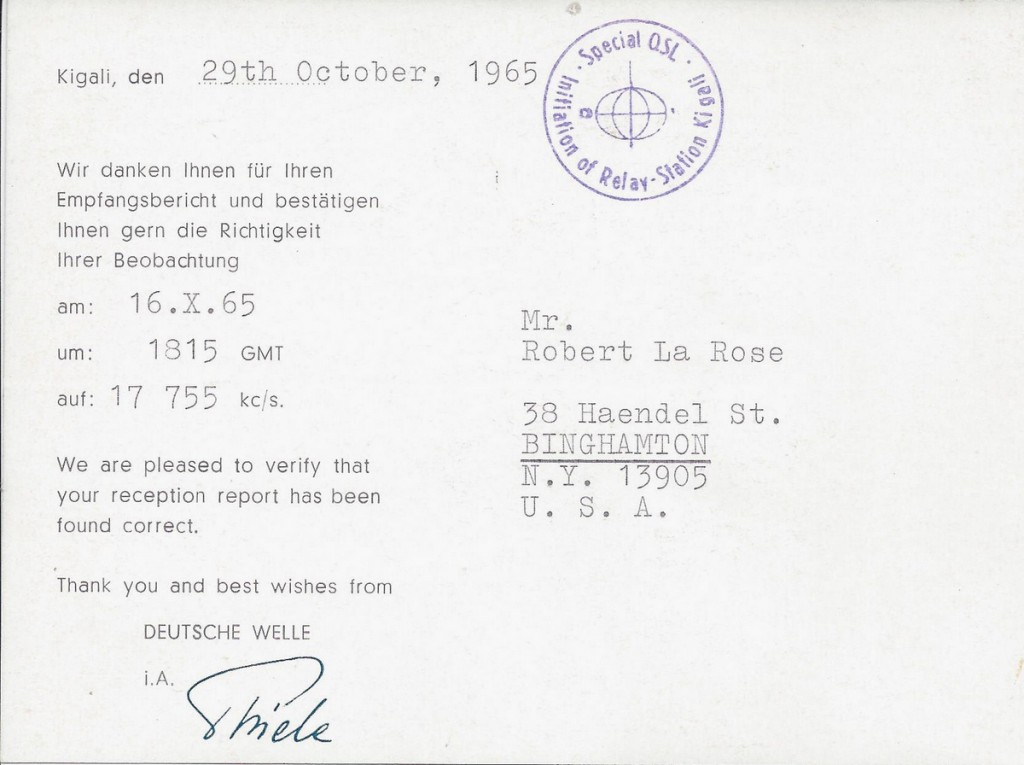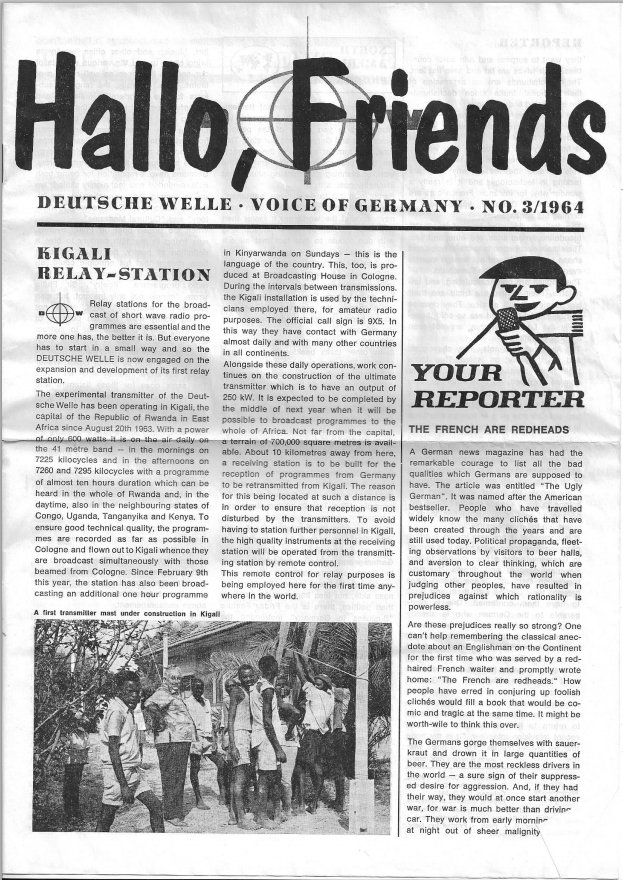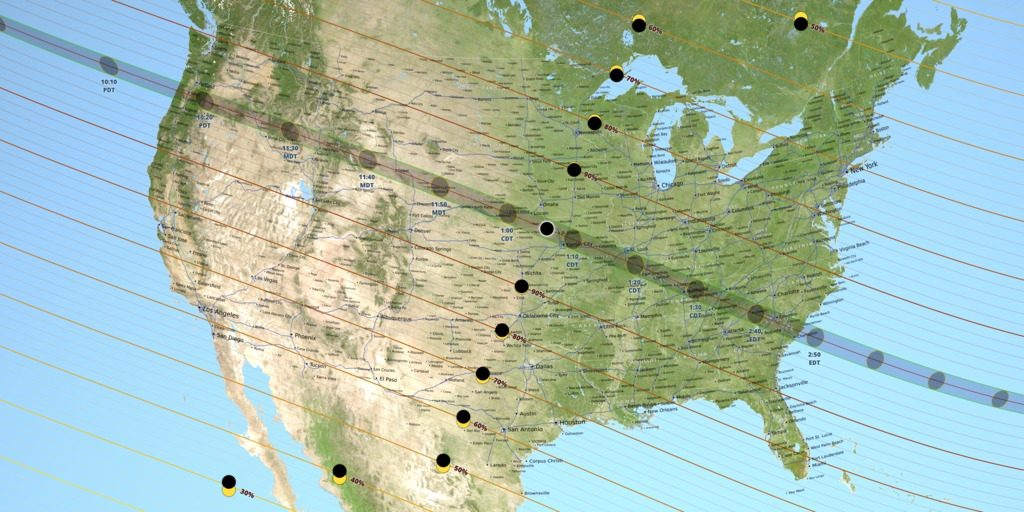
A map of the United States showing the path of totality for the August 21, 2017 total solar eclipse. (Source: NASA)
Many thanks to SWLing Post contributor, Bob LaRose (W6ACU), for the following guest post:
Eclipse 2017 Propagation Observations
by Bob LaRose (W6ACU)
DXers know that the reception of overseas Shortwave Broadcast stations offers one of the best ways to immediately gauge shortwave radio propagation conditions from your location to distant areas of the world. For the eclipse of 2017 I decided to see how reception of SW broadcast stations on lower shortwave broadcast frequencies (and to a smaller extent medium wave AM) reacted to the short term effects of the eclipse.
Going into this experiment I suspected that since the eclipse should temporarily reduce ionization to D-layer of the ionosphere, there might be some reduction in corresponding typical D-layer daytime absorption on lower frequencies. The hope was that this would enhance lower frequency propagation, particularly on the path between Asia and Western North America, which is normally totally absorbed at that time of day. I also monitored for propagation on other HF stations such as WWV as well as US-based SW Broadcast Stations in Alaska and Tennessee, and to a lesser extent AM MW broadcast stations. Here are the results of my experiment.
EQUIPMENT:
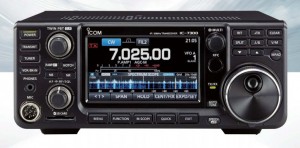
The Icom -IC-7300
For these tests I was using an ICOM IC-7300 Transceiver as a receiver connected to my standard antenna for lower frequency use – a Carolina Windom with the center about twenty feet off the ground. The antenna works reasonably well over a wide frequency range, including the lower SW and the medium wave AM broadcast bands. Because of my high local electrical noise level and proximity to several local AM broadcast transmitters, I turned off the built-in RF amplifier of the IC-7300 for all the tests. I used the uncalibrated S Meter of the radio to measure relative signal strengths in S units and dB above S-9.
BASELINE TESTS
The day before the eclipse I took baseline measurements at about the time of the eclipse. Because of normal summer daylight absorption, there were no signals present on either the 49 or 41 meter SW broadcast bands. At this time of year signals on those two bands generally fade below the local noise level at my QTH San Diego by about 1500 UTC.
I also checked the reliable daily beacons on SW at that time are the WWV frequencies of 5 and 10 MHz, The baseline for WWV was a signal strength of S5 on 5 MHz and S7-9 on 10Mhz.
I also took some baseline measurements of AM broadcast stations in Los Angeles (KFI 640 and KNX 1070). I was not able to receive any of the San Francisco, Sacramento, Las Vegas stations or points further North.
THE DAY OF THE ECLIPSE
According the Internet sources the eclipse began in San Diego at 1607 UTC, peaked at 1723 UTC and ended at 1846 UTC. It reached 66% of totality.
My first observation was at 1550 UTC. The strength of all signals were at the nominal readings from the day before. At 1630 I still did not hear any SW broadcast stations above the local noise level.
By 1640 the HF broadcast stations had begun to break through the noise. Here is a chart of my reception observations during the observation period:
| Freq KHz |
Station and Location |
Time in UTC vs. Relative Signal Strength (S Units) |
| |
|
1550 |
1630 |
1640 |
1650 |
1710 |
1725 |
1745 |
1800 |
1815 |
1830 |
| 640 |
KFI Los Angeles |
9 |
9 |
9 |
9 |
9 |
9 |
9 |
9 |
9 |
9 |
| 1530 |
KFBK Sacramento, CA |
0 |
0 |
0 |
0 |
3 |
6 |
2 |
0 |
0 |
0 |
| 5000 |
WWV Ft Collins, CO |
5 |
5 |
7 |
9 |
9 |
9 |
6-7 |
7 |
5 |
5 |
| 5845 |
BBC Singapore (ends at 1700) |
0 |
0 |
0 |
9 |
0 |
0 |
0 |
0 |
0 |
0 |
| 5995 |
Korea – Echo of Hope (presumed) |
0 |
0 |
0 |
0 |
6 |
0 |
0 |
0 |
0 |
0 |
| 6015 |
Korea (presumed) |
0 |
0 |
0 |
5 |
0 |
0 |
0 |
0 |
0 |
0 |
| 6045 |
Korea (presumed) |
0 |
0 |
0 |
6 |
0 |
0 |
0 |
0 |
0 |
0 |
| 6125 |
China National radio |
0 |
0 |
0 |
6 |
0 |
0 |
0 |
0 |
0 |
0 |
| 6155 |
Taiwan (1700-1730) |
0 |
0 |
0 |
0 |
S9+10 |
5-7 |
0 |
0 |
0 |
0 |
| 6165 |
Yamata Japan for Korea (1600-1700) |
0 |
0 |
6 |
7-9 |
0 |
0 |
0 |
0 |
0 |
0 |
| 6175 |
China National Radio |
0 |
0 |
0 |
0 |
5-7 |
7-9 |
7-9 |
0 |
0 |
0 |
| 6195 |
BBC Singapore (open carrier – presumed tune-up for next morning |
0 |
0 |
0 |
0 |
S9+10-20 |
0 |
0 |
0 |
0 |
0 |
| 7300 |
Radio Taiwan |
0 |
0 |
7 |
0 |
0 |
0 |
0 |
0 |
0 |
0 |
| 7385 |
China National Radio |
0 |
0 |
9 |
0 |
0 |
0 |
0 |
0 |
0 |
0 |
| 7465 |
BBC Singapore (ends at 1700) |
0 |
0 |
S7-8 |
0 |
0 |
0 |
0 |
0 |
0 |
0 |
| 7485 |
VOA Thailand (started 1700) |
0 |
0 |
0 |
0 |
7-8 |
3 |
0 |
0 |
0 |
0 |
| 7540 |
VOA Thailand (started at 1700) |
0 |
0 |
0 |
0 |
0 |
S5-7 |
0 |
0 |
0 |
0 |
| 9355 |
Radio Free Asia (Marianas Islds, starts at 1700) |
0 |
0 |
0 |
0 |
5-7 |
0 |
0 |
0 |
0 |
0 |
| 9475 |
WTWW Lebanon, TN |
0 |
0 |
0 |
0 |
0 |
0 |
7-9 |
7 |
4-6 |
0 |
| 9655 |
KLNS Anchor Point, AK |
0 |
0 |
9 |
6-7 |
7-8 |
0 |
0 |
0 |
0 |
0 |
| 9965 |
Radio Free Asia (Marianas Islds, starts at 1700) |
0 |
0 |
0 |
0 |
9 |
5-7 |
0 |
0 |
0 |
0 |
| 9980 |
WWCR Nashville, TN |
8 |
7-9 |
7-8 |
7-8 |
7-8 |
7-8 |
7-8 |
9 |
7-9 |
7-8 |
| 10000 |
WWV Ft Collins, CO |
7 |
S9+10 |
9 |
9 |
9 |
5-7 |
9 |
9 |
6-8 |
7-9 |
| 12160 |
WWCR Nashville, TN |
S9+20 |
S9+10 |
S9+10 |
N/R |
N/R |
N/R |
N/R |
S9+10 |
S9+20 |
N/R |
N/R = Not recorded
REVIEW OF RESULTS
As the results show, there was a very significant improvement in lower frequency shortwave propagation between San Diego and Asia during the eclipse. The 49 and 41 meter SW broadcast bands in particular went from below the noise level to providing good reception of a number of Asian and Pacific broadcast stations, starting at around 1640 UTC. Stations were received from China, Korea, Mariana islands, Taiwan, and Singapore. All stations fell back below the noise level by 1745UTC.
Reception of WWV Ft Collins, CO on 5 MHz also greatly improved around 1700 UTC. The 10 MHz signal was not significantly affected.
As the eclipse moved East, Reception of WTWW on 9475 kHz and WWCR on 9980 kHz from Tennessee peaked at around 1745 UTC. There was no major effect to the WWCR transmission on 12160 kHz.
On mediumwave AM the only long distance station that I could hear was KFBK Sacramento,1530kHz. The distance is roughly 475 miles. It went from below the noise to an S-6 at peak at 1725 UTC. (Note – I tried the clear channel stations in the Bay Area, Portland, Boise, etc. but none of them were heard. Many of these frequencies have either low power daytime stations or are right next to high power local stations here in Southern California). Reception of KFI 640 kHz Los Angeles (about 90 miles) was unchanged with no sign of typical nighttime selective fading.
This was an interesting once-in-a-lifetime opportunity for this propagation experiment and the results show that the eclipse conditions can significantly improve certain types of radio propagation over long distances!
Fascinating results! Thank you so much for sharing your report of shortwave radio propagation during the 2017 Solar Eclipse, Bob!

